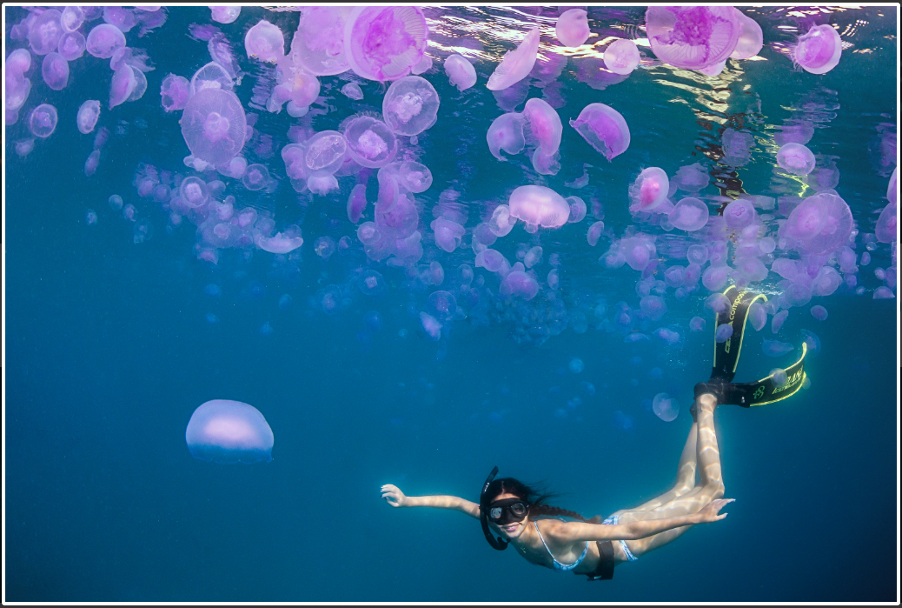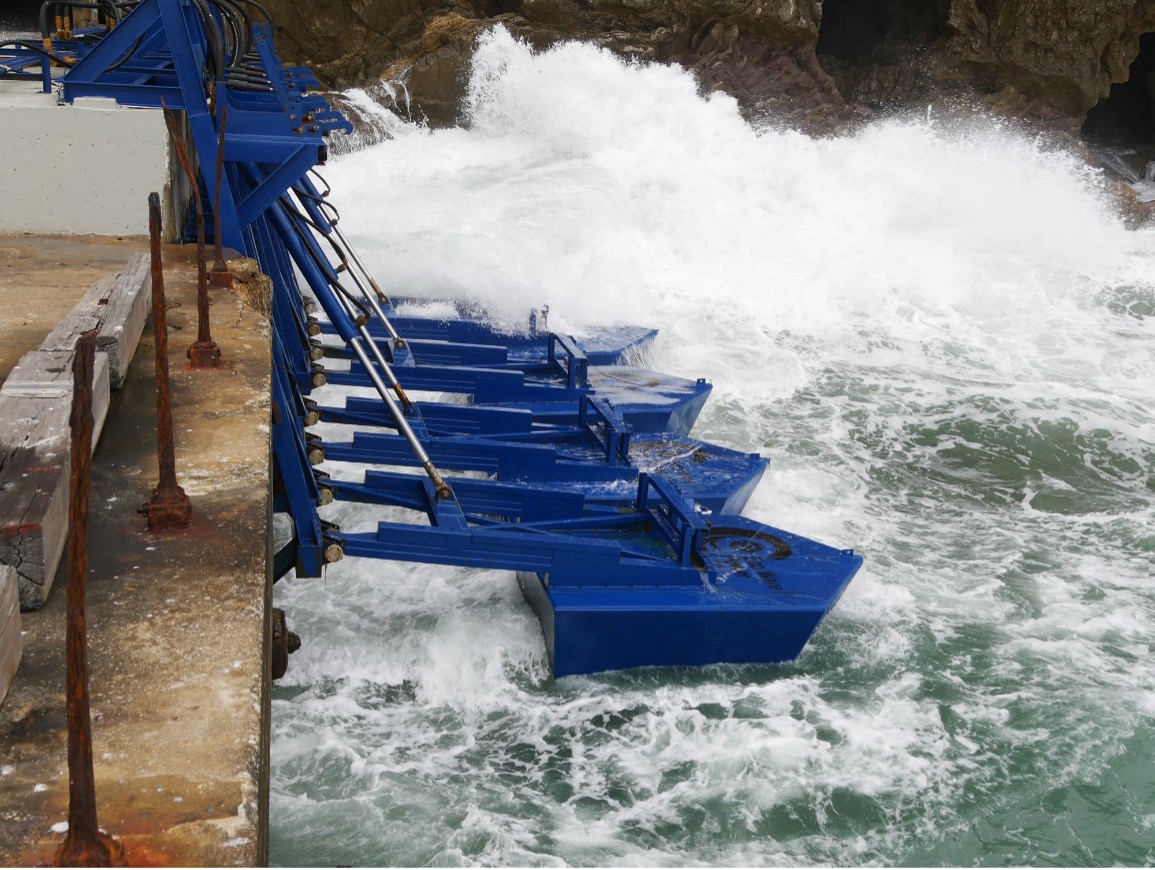Predicting jellyfish swarms through citizen science
In the vast expanse of the ocean, understanding its intricate dynamics has long been a challenge. But this challenge can be mitigated by using the collective power of everyday citizens.
The EU-funded Iliad project, aiming to create digital replicas of our oceans, known as Digital Twins of the Ocean (DTOs), is using citizen science in its Jellyfish Swarm Forecast pilot project, which is led by partner organisation the University of Haifa.

| Photo By: Oren Cohen
Under the guidance of Dr Dor Edelist, along with colleagues Prof. Dror Angel and Emily Robertson from the University of Haifa and in collaboration with Hidromod, this pilot project endeavours to create a forecast for jellyfish swarms using data contributed by citizens. By leveraging this collective wisdom, the project aims to not only anticipate jellyfish swarms but also to mitigate their impact on oceanic activities and economies.
Key Features:
- Jellyfish Dashboard: A digital platform that showcases near-real-time citizen science observations of jellyfish sightings in the Eastern Mediterranean Sea
- Swarm Tracking: Utilizing ocean current data to track the trajectory of jellyfish swarms and forecast their arrival at specific beaches. Ongoing collaboration with Hidromod
- Historical Analysis: Examining past jellyfish swarming events and correlating them with metocean parameters such as sea surface temperature (SST) and chlorophyll-a concentration (Chl.a) to discern long-term trends.
Progress and Achievements:
- Successfully forecasted a jellyfish swarm that impacted a power plant.
- Identified patterns leading to an anomalous jellyfish-free summer.
- Reported species of jellyfish that are new to science and documented extreme sizes for existing species
- Citizen Science Data was put through the Iliad pipeline into the Ocean Information Model.
- Attained Minimum Viable Product (MVP) status and deployed in the field, although further refinement of the business model is required and novel features of jellyfish swimming behaviour are still being tested to be integrated into the drift model.
Future Plans:
- Expanding a network of Citizen Science Jellyfish Observation Initiatives across Southern European Seas.
- Incorporating expert advice to standardise data collection practices.
- Enhancing data integration and automation for the real-time forecasting.
- Improving the forecasting model by integrating jellyfish behaviour dynamics, such as vertical migration and shoreline avoidance.
- Enhancing user interface and accessibility of the forecasting platform.
The next steps:
As part of this pilot, the University of Haifa and the Iliad Project have created a network of 13 Citizen Science Jellyfish Observation Initiatives in Southern European Seas. Researchers are capitalising on a questionnaire that experts answered to compile best practices for standardisation of data collection practices.
The Iliad project stands as a testament to the collaborative potential between technology and human interaction, particularly in the context of oceans. By engaging citizens through online platforms, the project aims to address pressing issues like marine pollution, jellyfish outbreaks, cultural heritage and conservation efforts. Through the creation of extensive datasets, the project seeks to bridge gaps in understanding and foster collective action to protect our marine ecosystems.

| Photo By: Tamar Hoffmann

